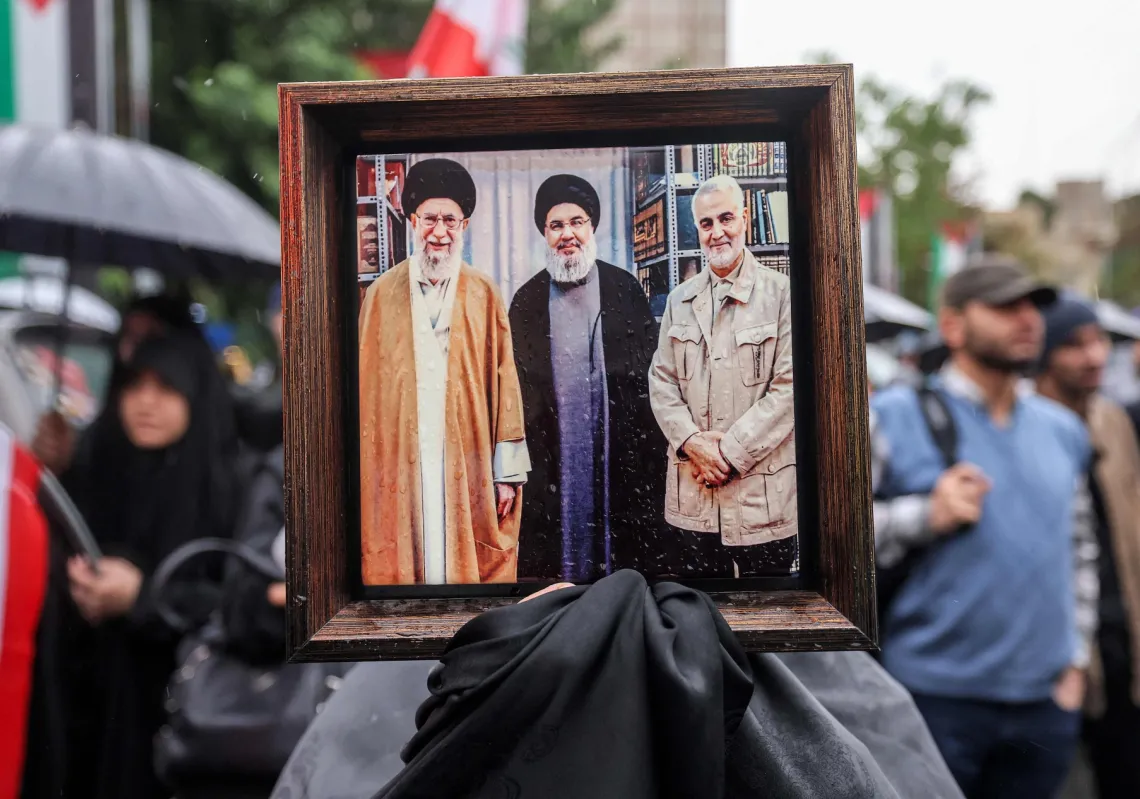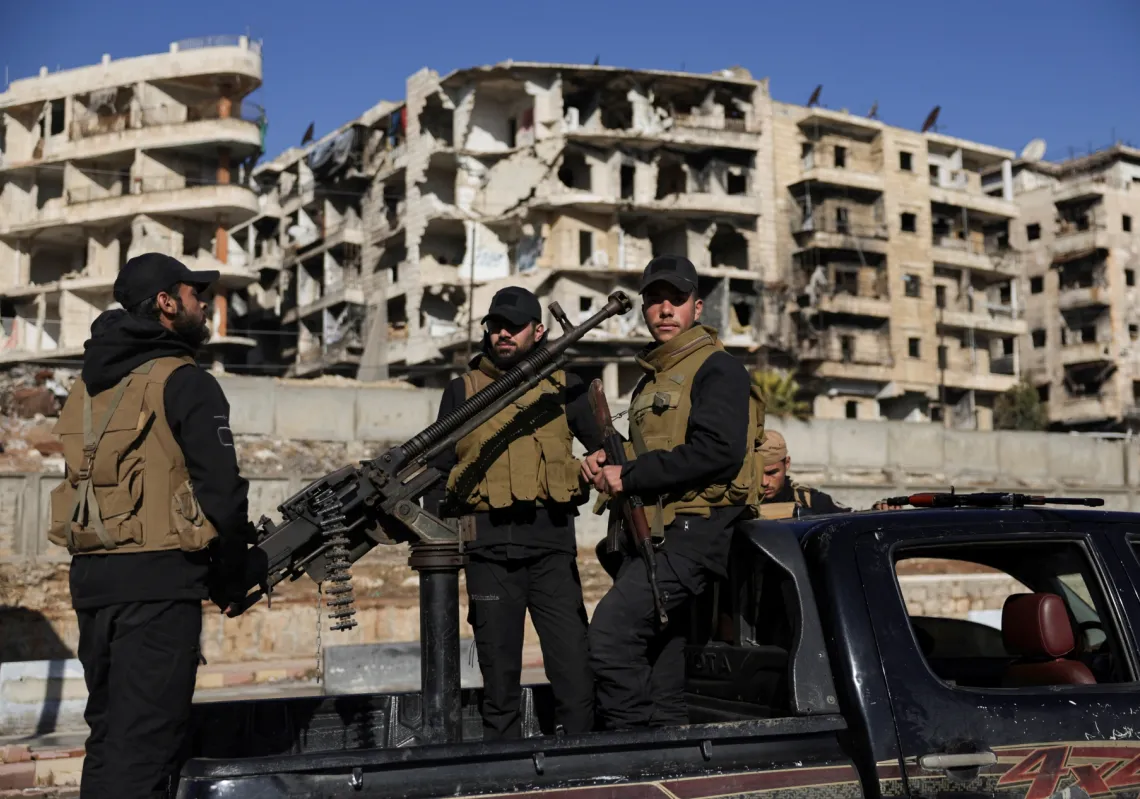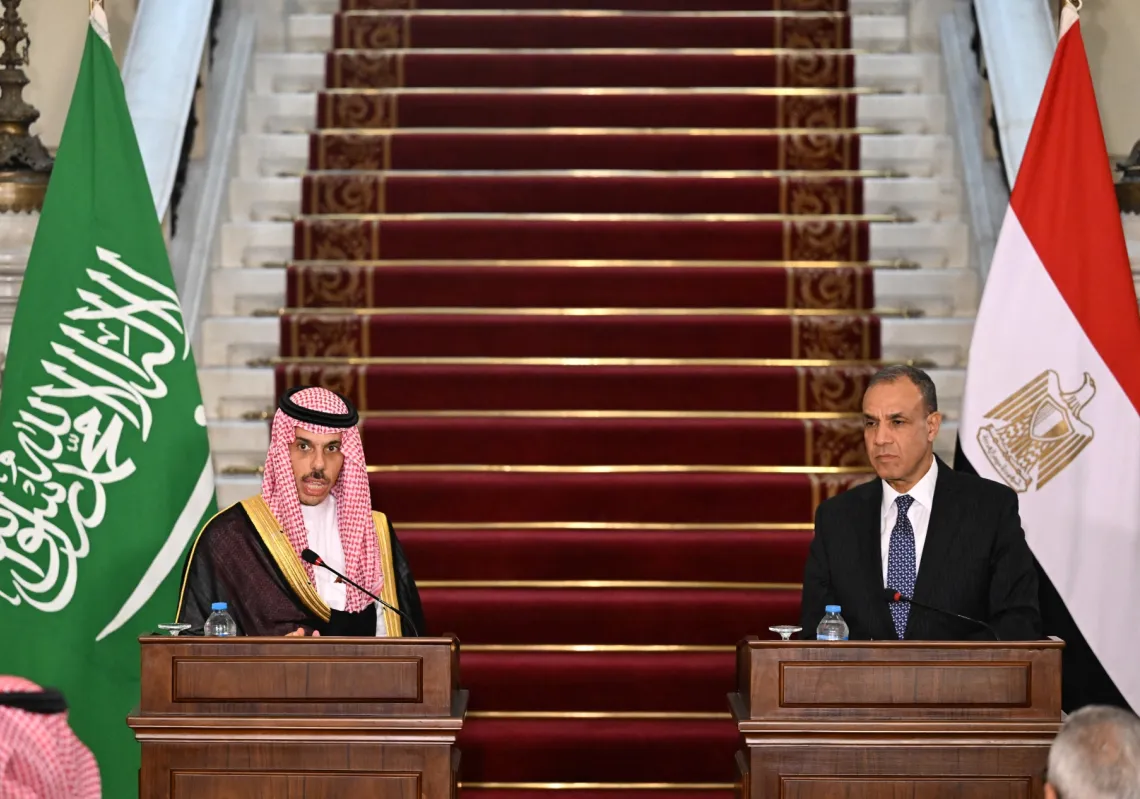In Britain, the news that the Princess of Wales has been diagnosed with cancer has come as a huge shock.
Ever since her hospitalisation for abdominal surgery – in the same hospital as her father-in-law, King Charles, was being treated – there has been a strenuous effort by the royal family to damp down speculation about her health.
She was said to be recovering from her treatment and would resume her royal duties after Easter.
Things are never quite so simple with royal matters. Even the tiniest scrap of royal news is enough to fuel an entire news cycle, with the 24-hour channels dedicating wall-to-wall coverage to royal punditry and sending their royal correspondents out in all weathers to stand in front of Buckingham Palace.
The British press also has a serious addiction to feed. When the news about present members of the institution is in short supply, they will happily continue to cover Lady Diana's story long after the last paparazzo's retirement.
But the difference this time around has been social media. This is proof that it wasn’t just the news channels or the tabloids who were the junkies. As we always suspected, their viewers and readers were just as addicted.
Thus, as the legacy media die on their feet, and as journalists increasingly acquire the hunted look of an endangered species, we, the people, have become purveyors of ‘news’.
'Fakey Katie'
The recent furore over a photograph of the future queen surrounded by her three children illustrated this perfectly.
It was intended as a reassuring image of motherhood for Mother’s Day. Everyone was smiling, which, as one journalist pointed out, was suspicious enough in itself: when had anyone in the history of photography managed to get three children to smile at the same time?

Then, certain telltale signs were discovered for editing. The picture really was a fake. Not even a very good one, as some journalists rather snootily observed.
With remarkable speed, the newspapers put a kill notice on the shot. An entire news cycle was then devoted to the mystery of why the palace had released such a picture. The princess had to apologise.
Since then, even a picture of the late queen, surrounded by an even more implausible number of smiling children, has been rumbled.
The Mother’s Day picture led to dire warnings that public trust in the monarchy was itself in danger. The usually loyal Daily Mail warned, darkly, that this was the eleventh hour for the institution. As the actor who plays Prince William in the comedy The Windsors would say, surely this was a ‘constitutional crisis.’
But all of this belonged to the quaint old world of official photographs and smartphone aesthetics. It was relatively tame.
Out in the real world, we now have such a thing as deepfake videos. So, when the Prince and Princess of Wales attended a farm shop near Windsor and were filmed by a person on their smartphone, few were gullible enough to believe it. Clearly, the woman by the heir to the throne’s side was a body double of some kind.
This kind of scepticism is the hallmark of all good conspiracy theories. Nothing is as it seems.
With the prospect of artificial intelligence generating whatever images it pleases, maybe it is for the best that everyone doubts the evidence of their own eyes.












